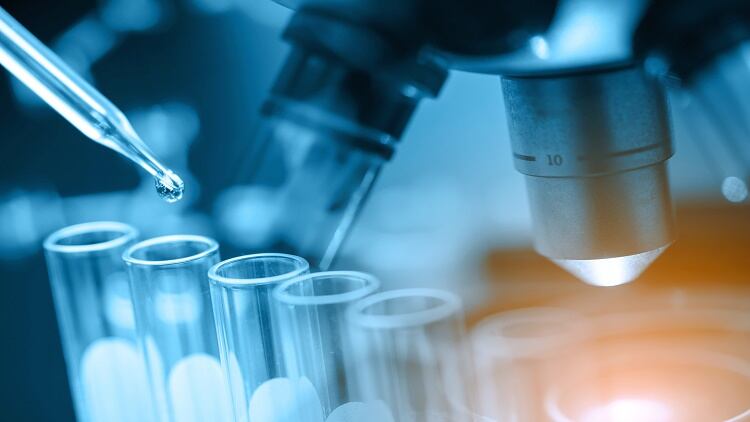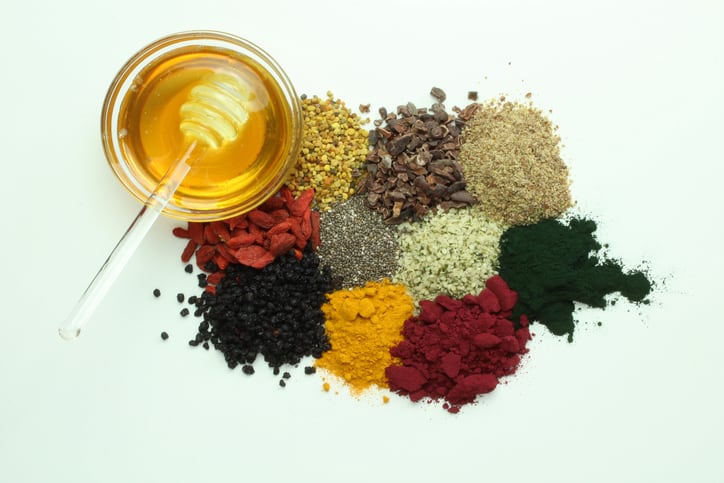Juice boost: Why orange juice may be a potential non-dairy carrier for probiotics – study
Orange juice may be a potential non‐dairy based carrier for the probiotic Lactobacillus sanfranciscensis, according to a study conducted by researchers in Australia.
L. sanfranciscensis is predominantly used in the bakery industry (sourdough) but its efficacy in beverages has not been studied sufficiently.
It has been demonstrated previously for its anti‐inflammatory effects and potential to treat inflammatory bowel disease (IBD).
Gut-liver axis: Probiotics and prebiotics show promise against non-alcoholic fatty liver disease – review
Researchers say a new review reveals that probiotics, prebiotics and synbiotics exhibit potential to treat non-alcoholic fatty liver disease (NAFLD) by targeting the gut microbiota.
NAFLD is a prevalent metabolic disorder with increasing incidence rates worldwide. It is often caused by poor diet, insulin resistance and life-related factors. Often it leads to fibrosis, advanced cirrhosis, hepatocellular carcinoma (HCC) or even death.
There are currently no approved drugs to treat NAFLD, and conventional antibiotics are given to alleviate NAFLD symptoms, although they can cause side effects and potential bacterial resistance.
Gearing up: Huge opportunities for active nutrition to tap immunity and botanical innovation
There is huge scope in tailoring active and sports nutrition products toward the general population, especially if they can also offer immunity benefits, an expert panel has underlined.
Speaking at the second NutraIngredients Immunity Online Series webinar, hosted by NutraIngredients-Asia, the four-person panel debated the topic ‘Active Nutrition and Immunity in APAC’. (Listen on demand here)
The panel consisted of Nick Morgan, director at Sports Integrated, Dr Taichi Inui, APAC regional manager for Nutrition Science & Advocacy at DSM Nutritional Products, Peter Barraket, Managing director for Australia and New Zealand at Designs for Health, and Sandeep Gupta, the CEO of Expert Nutraceutical Advocacy Council (ENAC).
Low evidence on galactagogues’ effects in increasing breast milk production - Cochrane review
There is currently only low-certainty evidence to show that consuming galactagogues can increase breast milk production in nursing mothers, with a group of Malaysian researchers who conducted a recent Cochrane systematic review recommending further studies on safety profiles and dosage levels.
A total of 41 studies, including RCTs or quasi-RCTs assessing the effectiveness of either pharmacological galactagogues or natural galactagogues were included in the meta-analysis.
The natural galactagogues studied include examples such as banana flower, fennel, fenugreek, ginger, moringa, and palm dates. Whereas studies on pharmacological galactagogues looked at domperidone, metoclopramide, and the thyrotropin-releasing hormones.
Carbs clock: Timing of meal as well as composition influences glycaemic response – first-of-a-kind study
Researchers have revealed that the timing of carbohydrate-rich meals can significantly worsen glucose homeostasis – on top of the independent glycaemic index of the food – potentially revealing ways to minimise the risk of type-2 diabetes.
It has long been known that the glycaemic index or load (GI/GL) of a meal affects the glycaemic response of the subsequent meal.
However, this is the first study to assess the timing of the meal and GI variations on the subsequent meal effect concurrently.





